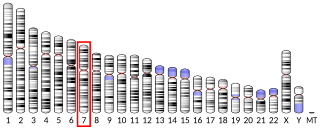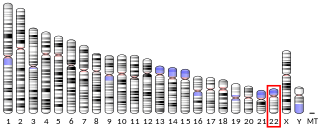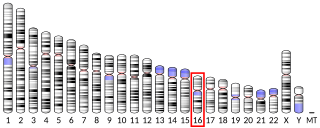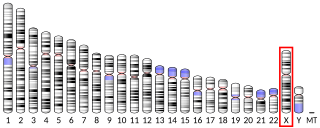
Occludin is a transmembrane protein that regulates the permeability of epithelial and endothelial barriers. It was first identified in epithelial cells as a 65 kDa integral plasma-membrane protein localized at the tight junctions. Together with Claudins, and zonula occludens-1 (ZO-1), occludin has been considered a staple of tight junctions, and although it was shown to regulate the formation, maintenance, and function of tight junctions, its precise mechanism of action remained elusive and most of its actions were initially attributed to conformational changes following selective phosphorylation, and its redox-sensitive dimerization. However, mounting evidence demonstrated that occludin is not only present in epithelial/endothelial cells, but is also expressed in large quantities in cells that do not have tight junctions but have very active metabolism: pericytes, neurons and astrocytes, oligodendrocytes, dendritic cells, monocytes/macrophages lymphocytes, and myocardium. Recent work, using molecular modeling, supported by biochemical and live-cell experiments in human cells demonstrated that occludin is a NADH oxidase that influences critical aspects of cell metabolism like glucose uptake, ATP production and gene expression. Furthermore, manipulation of occludin content in human cells is capable of influencing the expression of glucose transporters, and the activation of transcription factors like NFkB, and histone deacetylases like sirtuins, which proved capable of diminishing HIV replication rates in infected human macrophages under laboratory conditions.

Claudin-1 is a protein that in humans is encoded by the CLDN1 gene. It belongs to the group of claudins.

Tight junction protein ZO-2 is a protein that in humans is encoded by the TJP2 gene.

Claudin 4, also known as CLDN4, is a protein which in humans is encoded by the CLDN4 gene. It belongs to the group of claudins.

Claudin-5 is a protein that in humans is encoded by the CLDN5 gene. It belongs to the group of claudins.

Claudin 3, also known as CLDN3, is a protein which in humans is encoded by the CLDN3 gene. It is a member of the claudin protein family.

Claudin-6 is a protein that in humans is encoded by the CLDN6 gene. It belongs to the group of claudins. The knockout mice of mouse homolog exhibit no phenotype, indicating that claudin-6 is dispensable for normal development and homeostasis.

Claudin-2 is a protein that in humans is encoded by the CLDN2 gene. It belongs to the group of claudins.

Claudin-12 is a protein that in humans is encoded by the CLDN12 gene. It belongs to the group of claudins.

Claudin-8 is a protein that in humans is encoded by the CLDN8 gene. It belongs to the group of claudins.

Claudin-16 is a protein that in humans is encoded by the CLDN16 gene. It belongs to the group of claudins.

Claudin-14 is a protein that in humans is encoded by the CLDN14 gene. It belongs to a related family of proteins called claudins.

Claudin-9 is a protein that in humans is encoded by the CLDN9 gene. It belongs to the group of claudins.

Claudin-17 is a protein that in humans is encoded by the CLDN17 gene. It belongs to the group of claudins; claudins are cell-cell junction proteins that keep that maintains cell- and tissue-barrier function. It forms anion-selective paracellular channels and is localized mainly in kidney proximal tubules.

Claudin-10 is a protein that in humans is encoded by the CLDN10 gene. It belongs to the group of claudins.

Claudin-15 is a protein that in humans is encoded by the CLDN15 gene. It belongs to the group of claudins. Among its related pathways are Blood-Brain Barrier and Immune Cell Transmigration: VCAM-1/CD106 Signaling Pathways and Tight junction. GO annotations related to this gene include identical protein binding and structural molecule activity. An important paralog of this gene is CLDN10.

Claudin-19 is a protein that in humans is encoded by the CLDN19 gene. It belongs to the group of claudins. Claudin-19 has been implicated in magnesium transport.

Claudin-20 is a protein that in humans is encoded by the CLDN20 gene. It belongs to the group of claudins.

Claudin-18 is a protein that in humans is encoded by the CLDN18 gene. It belongs to the group of claudins.

Claudin-22 is a protein that in humans is encoded by the CLDN22 gene. It belongs to the group of claudins.
















